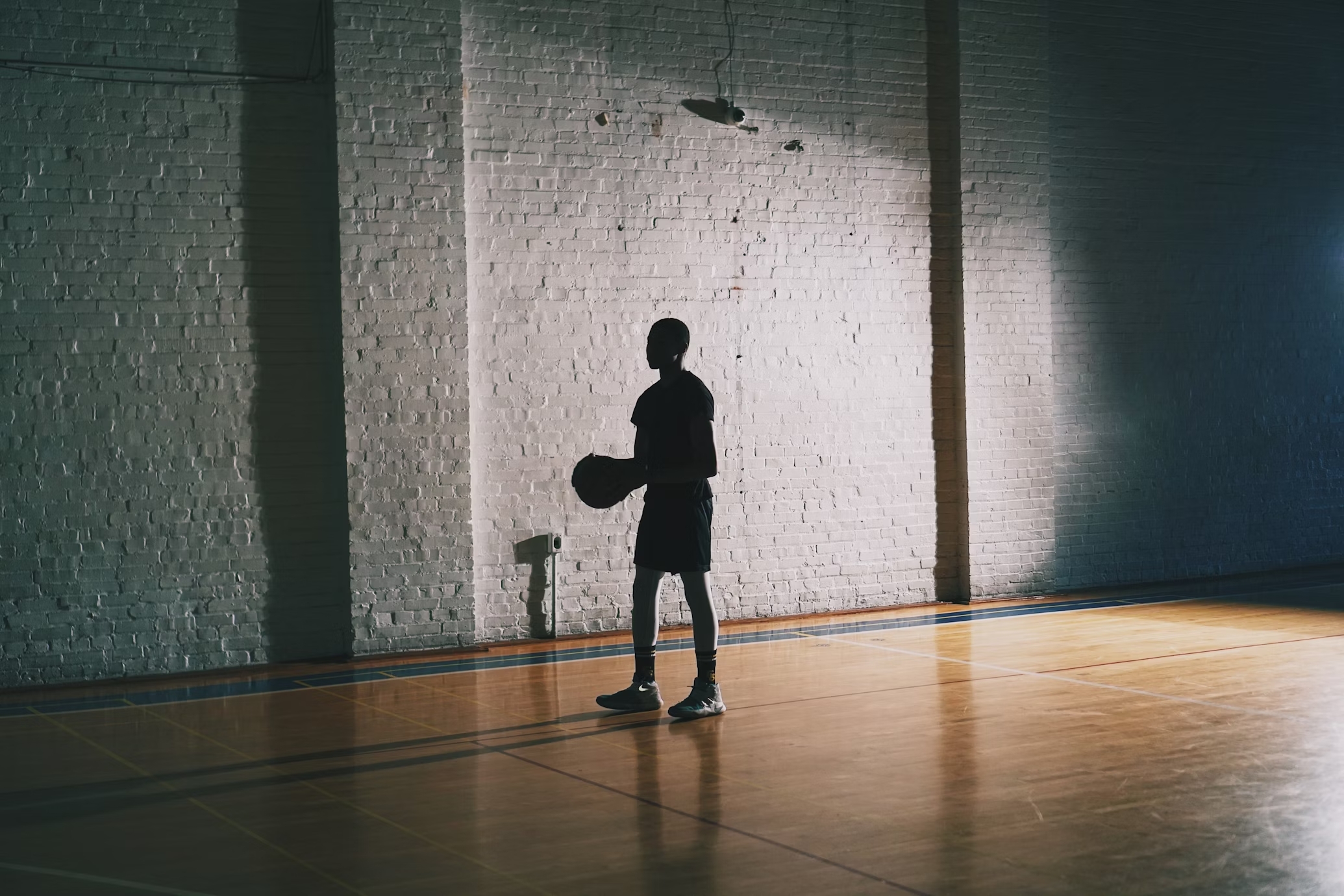The Road to College Sports: A Parent’s Blueprint

What to focus on (and when) if your child wants to compete at the next level.
Pursuing college athletics takes more than talent. It takes planning, consistency, and the right support—starting earlier than many families expect. Whether your child is just starting out or already deep in their sport, there are important milestones that shape their journey.
Stage-by-Stage Guidance
Elementary & Early Middle School: Lay the Foundation
At this stage, it’s about building broad athletic skills and keeping the experience fun. Multi-sport participation is encouraged—kids who play a variety of sports tend to develop better motor skills and stay engaged longer. It’s also the time to build good academic habits. College coaches look at full transcripts, so GPA matters early.
Skills and habits to build early:
- Developing physical literacy (agility, coordination, strength)
- Keeping training age-appropriate and pressure low
- Encouraging exploration and consistent movement
- Introducing basic goal-setting and personal accountability
Late Middle School: Begin Narrowing Focus
Around 7th or 8th grade, many athletes start to identify a primary sport. While it’s still important to support well-rounded development, this is when strategic investments begin to matter. Parents should also begin learning about NCAA eligibility rules, especially if Division I or II is on the radar. Small decisions now can affect long-term eligibility.
Where to direct energy and investment:
- Focusing on skill development and position-specific training
- Considering private lessons for targeted improvement
- Ensuring academics stay on track with core subjects and study habits
- Keeping a training journal or starting performance tracking
High School Years: Build the Resume
Freshman and sophomore years are key for development. Athletes should refine their skills, improve strength and conditioning, and begin building a competitive resume. By junior year, athletes can begin reaching out to college coaches—introducing themselves with video or providing schedules for upcoming events. Showcase attendance and campus visits also become more important in this phase.
Tips to stay competitive and visible:
- Competing on a strong travel or club team (if accessible)
- Investing in performance training and recovery
- Maintaining a GPA above eligibility thresholds (2.3 minimum for NCAA D-I)
- Taking the PSAT and mapping out SAT/ACT timing
- Filming games and highlights for future use
Exposure & Communication
How to Stand Out
College coaches receive hundreds of emails. To stand out, communication should be timely and backed by action. Remember, relationships matter. Coaches aren’t just evaluating performance; they’re evaluating attitude, work ethic, and how an athlete handles pressure.
Ways to make your athlete stand out:
- Create a concise highlight reel showing relevant skills
- Attend showcases that align with your level and goals (not just big-name events)
- Keep coaches updated with transcripts, test scores, and upcoming competitions
- Reach out personally to share your interest and why their program fits
Pitfalls to Avoid
Even well-meaning families make avoidable mistakes in the recruiting process. A few common missteps:
- Waiting too long. Starting late limits opportunities and causes stress.
Over-scheduling. Too many teams, showcases, and lessons can lead to burnout.
- Neglecting academics. Even top athletes won’t get offers if they’re academically ineligible.
- Relying on others to drive recruiting. Coaches and programs help, but proactive outreach matters most.
Ongoing Support Matters
The recruiting process can feel overwhelming, but the right preparation makes it manageable. At The St. James, we help athletes grow from every angle—with training, private coaching, showcase prep, and academic guidance built for long-term success.
Explore performance programs at The St. James
Help your child build the skills, mindset, and visibility needed to stand out, on and off the field.
